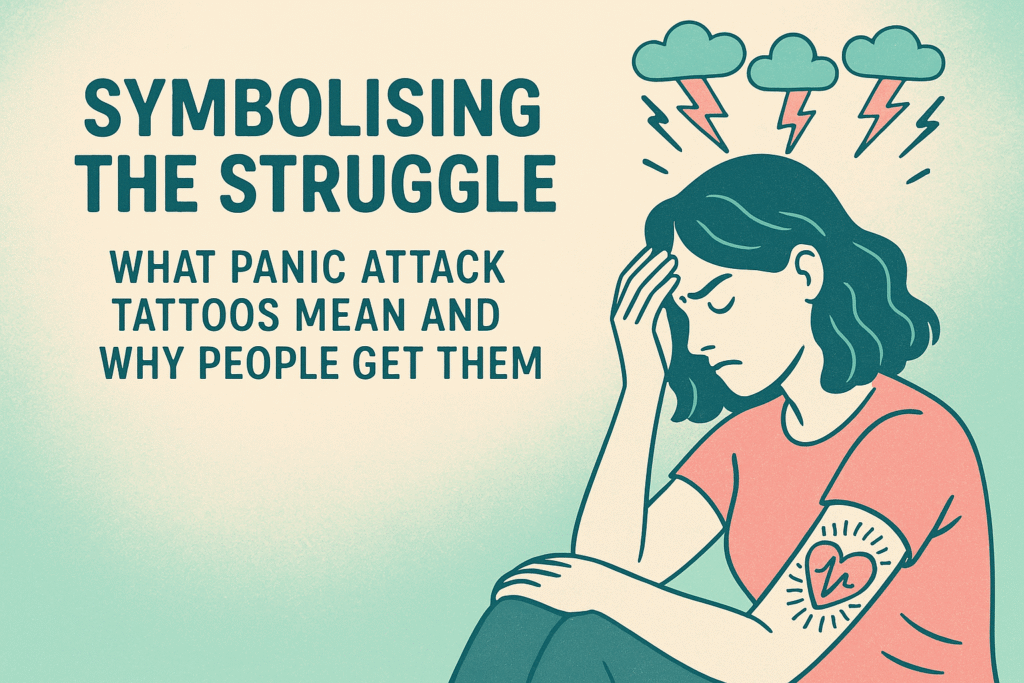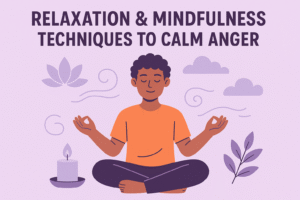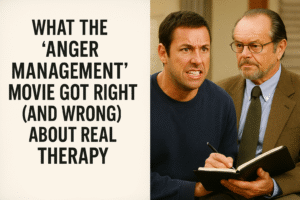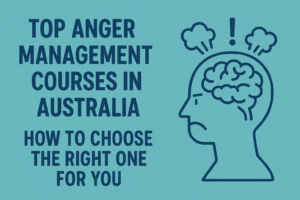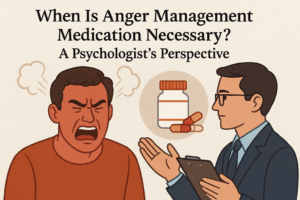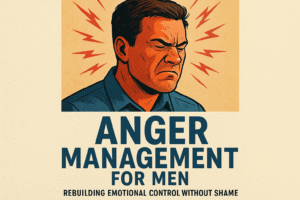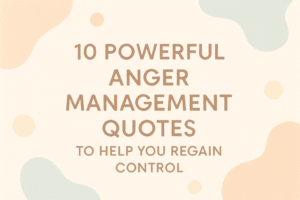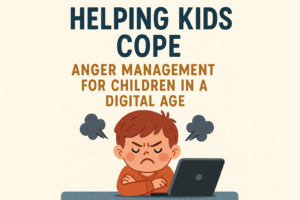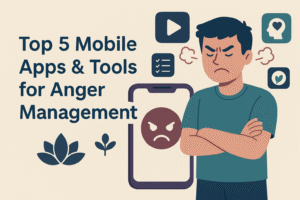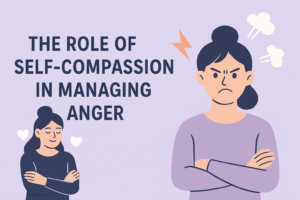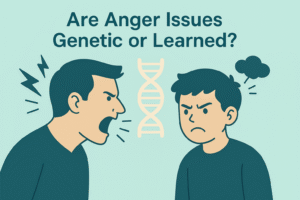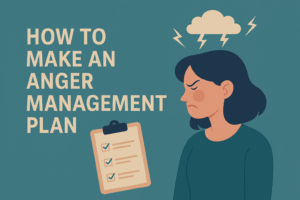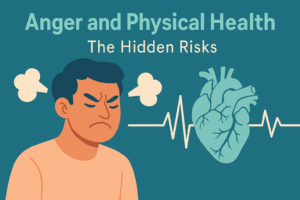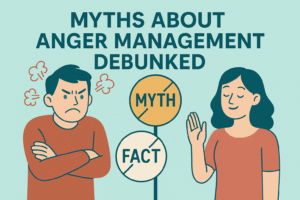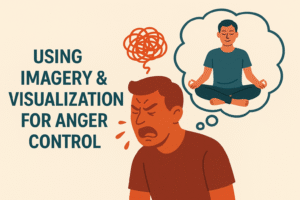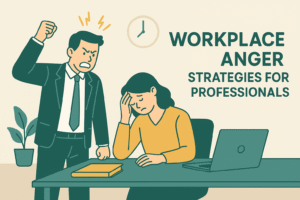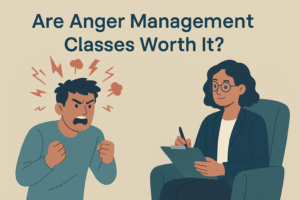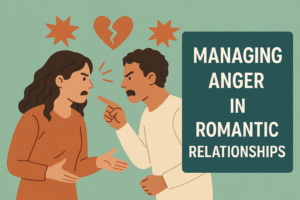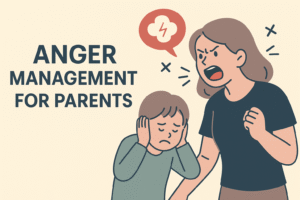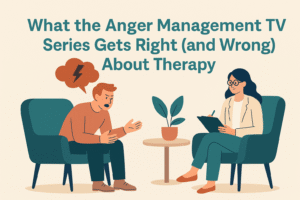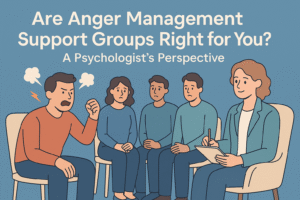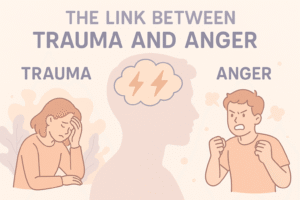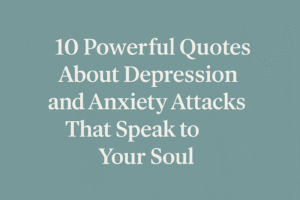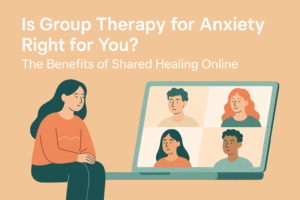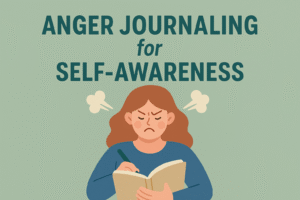Mental health struggles are often invisible to others, yet deeply felt by the person experiencing them. Among the many ways people choose to express and cope with these internal battles, tattoos have become a powerful form of emotional expression. One growing trend is the panic attack anxiety tattoo—a visible reminder of strength, survival, and healing from anxiety and panic disorders.
For many, tattoos aren’t just art—they’re personal stories, symbolic anchors, or affirmations inked into the skin. This article explores what anxiety mental health tattoos mean, why people get them, and how they can play a therapeutic role in the journey toward emotional wellbeing.
What Is a Panic Attack Anxiety Tattoo?
A panic attack anxiety tattoo is a tattoo that symbolises a person’s experience with anxiety, panic attacks, or mental health challenges in general. It can be literal, abstract, symbolic, or text-based—whatever holds meaning to the individual wearing it.
Rather than hiding their pain, many people are choosing to acknowledge it, even celebrate their survival and growth. These tattoos often fall under the broader category of anxiety mental health tattoos, which are designed to:
- Acknowledge the personal impact of anxiety or panic disorders
- Remind the wearer of their resilience and coping tools
- Start conversations and break the stigma surrounding mental health
- Provide a sense of grounding or control
Why Are People Getting Anxiety Tattoos?
1. They Make the Invisible Visible
Panic attacks and chronic anxiety often go unnoticed by others. Tattoos give individuals a way to externalise their inner world—something tangible to represent a deeply personal, emotional reality.
2. They Serve as Daily Reminders
Whether it’s a motivational quote, a calming symbol, or a date of significance, anxiety tattoos can act as constant, visual reminders of strength, progress, and hope.
For those in recovery or still managing their mental health daily, these tattoos can be powerful tools for self-regulation—reminding them of techniques, mantras, or just the fact that they’ve survived worse days.
3. They Empower and Reclaim
Inking one’s skin with a symbol of struggle is also a way to reclaim power. Instead of letting anxiety control the narrative, individuals use body art to define it on their terms.
As one person described: “I got my tattoo after my first panic attack-free year. It’s a milestone I wear with pride.”
Common Anxiety Tattoo Ideas and Their Meanings
If you’re considering a tattoo to symbolise your anxiety journey, there are many powerful anxiety tattoo ideas to explore. These include:
Semicolon Tattoo
This iconic tattoo symbolises mental health resilience and the idea that your story isn’t over yet. Chosen by thousands as a quiet badge of survival, the semicolon is often placed on the wrist or ankle, serving as a visible daily affirmation.
Wave Tattoos
Waves can symbolise emotional highs and lows, the ebb and flow of anxiety. Many find this image comforting, reminding them that emotional storms pass.
Heartbeat Line (EKG)
A heartbeat or pulse line reflects the physical sensations of anxiety, particularly panic attacks. For many, this tattoo is a tribute to enduring those terrifying moments and coming through stronger.
Mantra or Phrase Tattoos
Words like “breathe,” “this too shall pass,” “I am enough,” or even dates of personal significance are common in anxiety mental health tattoos. They act as mantras to return to during distress.
Floral or Nature-Inspired Tattoos
Symbols like the lotus flower, dandelion, or even trees represent growth, resilience, and calm. These tattoos connect wearers to the idea of natural cycles—reminding them that healing, like nature, takes time.
Are Panic Attack Tattoos Therapeutic?
Tattoos might not be a substitute for professional therapy, but they can be deeply therapeutic for many people. Here’s how:
Emotional Catharsis
The process of choosing a design, going through the tattoo session, and seeing the final result can be emotionally cathartic. It represents a conscious act of acknowledgment and healing.
Feeling Understood and Seen
Some people get tattoos not just for themselves but to be part of a broader mental health community. These tattoos are often shared online in mental health forums or social media, encouraging others to open up about their own struggles.
A Sense of Control
Anxiety often stems from a perceived loss of control. Choosing to mark your body intentionally can be a small yet significant way of reclaiming autonomy.
Real-Life Stories Behind the Ink
Lara, 28 – “This too shall pass” on her ribcage
Lara developed panic disorder in her early twenties. After a tough two-year period of medication and therapy, she decided to get a tattoo of the phrase “this too shall pass” in her mother’s handwriting. For her, it’s a reminder that no feeling—especially fear—is permanent.
James, 34 – Minimalist wave on his wrist
As someone who works in a high-pressure corporate job, James started experiencing anxiety attacks in his 30s. He got a wave tattoo on his wrist to remind himself that anxiety comes in waves—it rises, but it also falls. Now, every time he feels overwhelmed, he looks at his tattoo and focuses on his breathing.
Important Considerations Before Getting an Anxiety Tattoo
Before deciding on a panic attack anxiety tattoo, it’s important to think it through with care:
- Choose something meaningful to you, not just a trend. This is something you’ll carry permanently.
- Research tattoo artists who are comfortable and respectful of mental health themes. Some even specialise in wellness-related designs.
- Consider placement: Visible tattoos may prompt conversations. Decide if you’re open to explaining its meaning—or prefer something more private.
- Be mindful of triggers: If certain symbols, words, or images evoke strong emotions, discuss the idea with a therapist before committing.
Does It Help Break the Stigma?
Yes—more than people might think. While tattoos used to be taboo in many professional and cultural circles, the rise of mental health tattoos is helping shift public discourse. By proudly displaying their ink, individuals spark real, vulnerable conversations about anxiety, depression, and recovery.
Moreover, seeing others wear these tattoos can help someone silently struggling feel less alone—and maybe even empowered to reach out for support.
Final Thoughts: A Symbol of Strength, Not Suffering
In a world where mental health can still feel like a taboo topic, anxiety tattoos speak loudly and authentically. Whether it’s a tiny semicolon on the wrist, a powerful phrase hidden beneath clothing, or a bold image symbolising rebirth, these tattoos are part of a movement toward visibility, acceptance, and healing.
They don’t just tell the story of anxiety—they tell the story of survival.If you’re considering a panic attack anxiety tattoo, remember: it’s your body, your journey, and your choice. Take your time, reflect on what resonates with you, and choose a symbol that not only represents where you’ve been—but where you’re going.

